Bell peppers require well-drained soil, lots of sunlight, frequent watering, and fertilizer as needed in order to thrive. Warm, sunny weather is ideal for bell pepper growth, and they need regular maintenance to yield tasty, nutritious fruits.
Growing bell peppers can be a rewarding experience, yielding colorful and nutritious additions to your meals. Whether you are a beginner or a seasoned gardener, following some simple guidelines can help you successfully cultivate these versatile vegetables.
We will explore the essential steps to grow bell peppers, from selecting the right location and soil to nurturing the plants through each growth stage.
By understanding the basic requirements and best practices, you can enjoy a bountiful harvest of bell peppers in your garden or containers. Let’s dive into the fundamental techniques for growing vibrant, delicious bell peppers right at home.
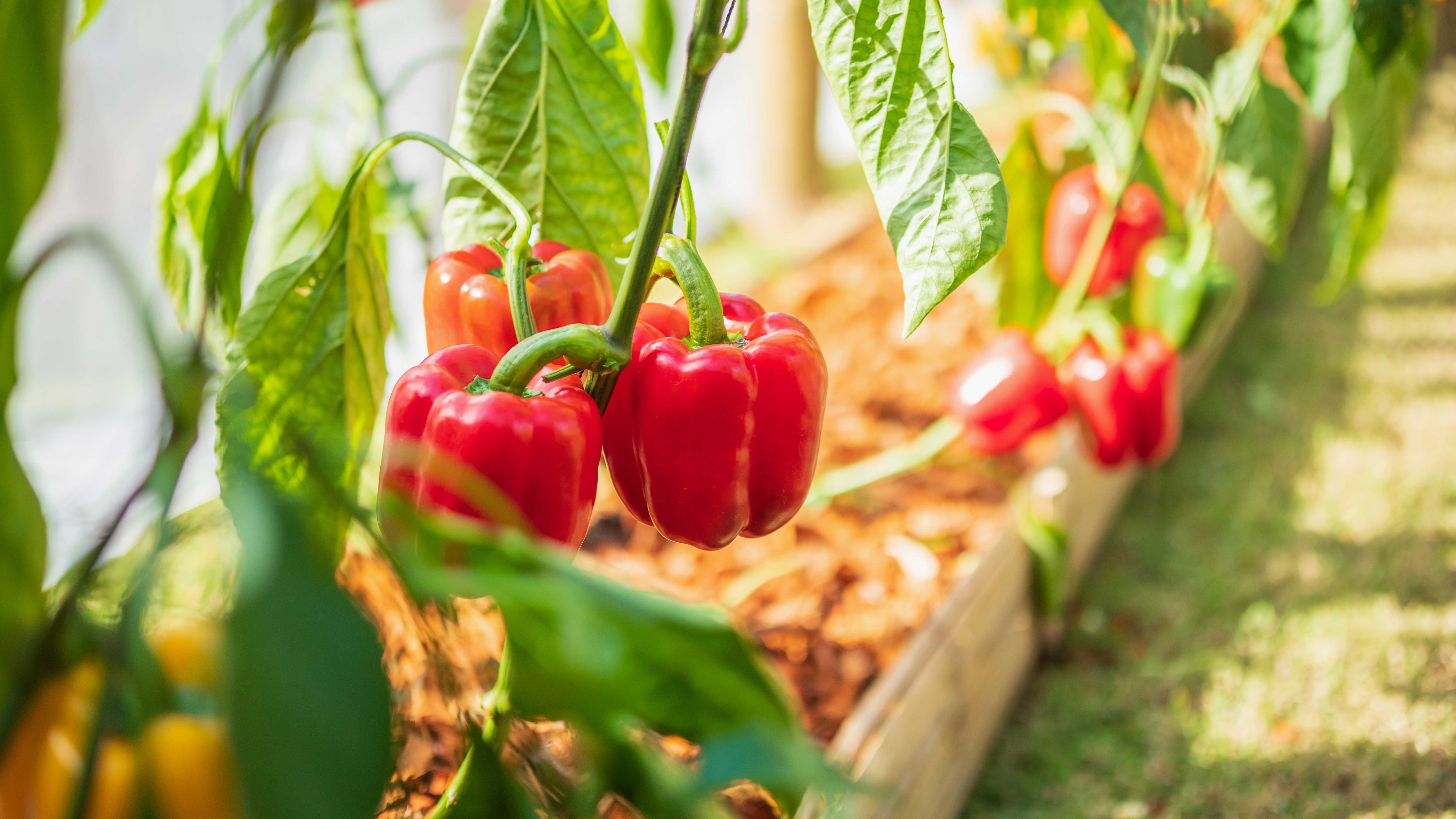
Credit: www.homesandgardens.com
Selecting The Right Variety
Growing bell peppers can be a rewarding experience, but it all starts with selecting the right variety for your specific climate and needs. Choosing the right variety is crucial to ensuring a successful harvest,
as different types of bell peppers thrive in different conditions. Here are some important factors to consider when selecting the right variety for your bell pepper garden.
Consider Your Climate
Before choosing a bell pepper variety, it’s essential to consider the climate in which you will be growing them. Bell peppers thrive in warm, sunny conditions, so if you live in a region with a short growing season or cooler temperatures, look for varieties that are better suited to these conditions.
For cooler climates, consider choosing shorter season varieties, while for warmer climates, longer season varieties may be more suitable.
Choose Disease-resistant Varieties
Bell peppers are susceptible to various diseases, so selecting disease-resistant varieties is crucial for ensuring a healthy crop. Look for varieties that are resistant to common pepper diseases such as bacterial spot, mosaic viruses, and phytophthora root rot.
Choosing disease-resistant varieties can help prevent potential crop losses and reduce the need for chemical interventions, leading to a more sustainable and thriving bell pepper garden.
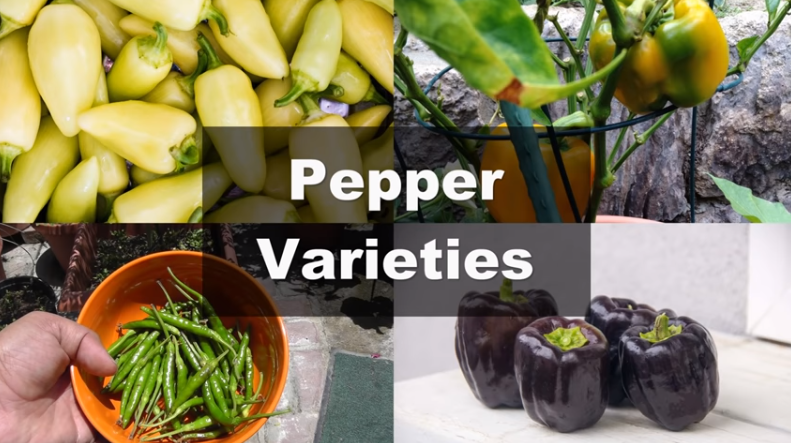
Preparing The Soil
Test And Amend The Soil
Before planting bell peppers, test the soil quality to determine pH and nutrient levels.
- Use a soil testing kit to ascertain specific needs for amendments.
- Add organic matter like compost to enhance soil fertility based on test results.
Ensure Good Drainage
Proper drainage is crucial for healthy bell pepper growth.
- Check for adequate drainage by observing how water flows through the soil.
- Create raised beds or incorporate sand to improve drainage if needed.
Planting Bell Peppers
Growing bell peppers can be a rewarding experience, especially if you enjoy adding fresh, crisp peppers to your meals. One of the most crucial steps in growing bell peppers is planting them correctly. In this section, we will walk you through the key aspects of planting bell peppers, including the timing, spacing, and depth.
Timing Is Key
To ensure successful growth, it is essential to plant bell peppers at the right time. Bell peppers are warm-season vegetables and require a frost-free period to thrive. It is recommended to start seeds indoors 8-10 weeks before the last expected frost date.
This will give your bell peppers a head start and help them become stronger and more resistant to transplant shock.
Spacing And Depth
The spacing and depth at which you plant your bell peppers are vital factors that contribute to their overall growth and success. Bell peppers require enough space for air circulation and access to sunlight. Consider the following guidelines:
1. Row Spacing: Maintain row spacing of around 18-24 inches to provide enough room for your pepper plants to grow and spread their branches without crowding each other.
2. Plant Spacing: Each bell pepper plant should be spaced 12-18 inches apart within the row. This will allow the plants to receive adequate sunlight from all angles and help prevent the spread of diseases.
3. Depth: When planting bell pepper seedlings, ensure you bury them at a depth equal to the container they were initially grown in. This will help establish a strong root system and promote healthy growth.
Remember, bell peppers are heat-loving plants, so make sure to choose a sunny location in your garden to plant them. Also, ensure the soil is well-draining and enriched with organic matter.
By following these planting guidelines and giving your bell peppers the right conditions, you are setting the stage for a bountiful harvest of vibrant and flavorful peppers.
Providing Proper Care
Providing proper care is essential for the healthy growth of bell peppers. By following watering techniques and a fertilization schedule, you can ensure that your bell pepper plants thrive and produce an abundant harvest.
Watering Techniques
Proper watering is crucial for the growth and development of bell peppers. It’s important to maintain a consistent moisture level for the plants without overwatering or letting the soil dry out completely.
- Water your bell pepper plants deeply once or twice a week, depending on the weather conditions and soil moisture.
- When watering, make sure to wet the soil thoroughly, ensuring that water reaches the roots.
- Avoid wetting the foliage, as this can lead to the development of fungal diseases.
- Consider using drip irrigation or a soaker hose to deliver water directly to the root zone, minimizing water loss through evaporation.
- Monitor the moisture level of the soil by sticking your finger about an inch deep into the ground. If it feels dry, it’s time to water.
Fertilization Schedule
Proper fertilization provides the necessary nutrients that bell peppers need to grow vigorously and produce healthy fruits. Establishing a fertilization schedule ensures that your plants receive a consistent supply of essential nutrients.
| Stage | Fertilizer | Application |
|---|---|---|
| Planting | Organic compost or well-rotted manure | Mix into the soil before planting. |
| Growth | Organic balanced fertilizer (10-10-10 or 14-14-14) | Apply every 4-6 weeks during the growing season. |
| Flowering and Fruit Development | Phosphorus-rich fertilizer (5-10-10) | Apply when flowers start to form and continue every 4 weeks. |
Avoid over-fertilizing the plants, as it can lead to excessive vegetative growth at the expense of fruit production.
Credit: @TowardGarden
Managing Pests And Diseases
Bell peppers are a popular and rewarding vegetable to grow in your garden. However, like all plants, they are susceptible to pests and diseases. Properly managing these issues is essential to ensure a healthy pepper crop.
Identifying Common Pests
Aphids: Small, soft-bodied insects that cluster on the undersides of leaves.
Trips: Tiny, slender insects that damage pepper plants by sucking out the sap.
Whiteflies: Small insects with white wings that suck the sap from plants and can transmit plant viruses.
Spider Mites: Nearly invisible pests that cause stippling on leaves and webbing on plants.
Preventative Measures
Natural Predators: Introduce beneficial insects like ladybugs and lacewings to control pest populations.
Companion Planting: Plant garlic, onions, or marigolds near bell peppers to repel pests.
Neem Oil: Use organic neem oil spray to deter pests and prevent fungal diseases.
Clean Garden: Remove weeds and debris that can harbor pests and diseases.
Pruning And Support
Growing bell peppers can be a rewarding endeavor, and proper pruning and support techniques are crucial for ensuring a bountiful harvest. By understanding the importance of pruning and implementing suitable supports, you can promote healthy plant growth and improve the quality of your bell peppers.
Why Pruning Is Important
Pruning is an essential practice when it comes to cultivating bell peppers. It helps to eliminate weak or damaged branches and leaves, allowing the plant to focus its energy on developing stronger and healthier growth.
Moreover, pruning encourages better air circulation and sunlight penetration, reducing the risk of diseases and ensuring uniform ripening of the peppers.
Using Supports
Supports play a crucial role in maintaining the upright growth of bell pepper plants. Properly supporting the plants helps prevent bending or breakage of the branches due to the weight of the fruit.
This can be achieved by using stakes, cages, or trellises to provide structural support and prevent the plants from sprawling out across the ground.
Let me know if you need further assistance.
Harvesting And Storing
When it comes to growing bell peppers, knowing the best time to harvest and proper storage techniques is crucial to ensure the best quality and flavor. Harvesting and storing bell peppers are critical steps in the process that can significantly impact the final outcome and taste of your homegrown produce.
Best Time To Harvest
Knowing the best time to harvest bell peppers is essential for obtaining the optimal flavor and texture. Bell peppers should be harvested when they reach their mature size and color. For most varieties,
This means waiting until the peppers have turned a vibrant shade of green, yellow, orange, or red, depending on the specific variety you are growing. Additionally, the skin should be firm and glossy, indicating the peppers are ripe and ready to be picked.
Proper Storage Techniques
Proper storage techniques are crucial to preserving the flavor and quality of freshly harvested bell peppers. After harvesting, it is essential to handle the peppers with care to prevent bruising or damage.
Store the peppers in a cool, dry place, such as the refrigerator, where they can be kept for up to two weeks. Additionally, to extend their shelf life, consider freezing or canning the peppers to enjoy them for an extended period.
Common Issues
Dealing With Yellowing Leaves
Yellowing leaves on bell pepper plants can indicate several problems:
- Inspect for pests like aphids or spider mites.
- Ensure proper watering to prevent overwatering or underwatering.
- Check soil pH levels for deficiencies in nutrients.
Addressing Blossom End Rot
Blossom end rot is a common issue with bell peppers, caused by calcium deficiency:
- Adjust soil pH levels to ensure adequate calcium uptake.
- Apply calcium-rich fertilizers to support healthy fruit development.
- Maintain consistent watering practices to prevent fluctuations in soil moisture.

Credit: www.epicgardening.com
Frequently Asked Questions
How Much Sunlight Do Bell Peppers Need To Grow?
Bell peppers require at least 6-8 hours of direct sunlight per day for optimal growth. Position them in a spot with ample sunlight exposure to ensure healthy development.
What Is The Best Soil Type For Growing Bell Peppers?
Bell peppers thrive in well-draining, fertile soil with a pH level between 6. 0-6. 8. A mixture of compost and organic matter can provide the necessary nutrients for robust bell pepper growth.
When Is The Ideal Time To Plant Bell Pepper Seeds?
Bell pepper seeds should be planted indoors 8-10 weeks before the last frost date in your area. Ensure a warm, consistent temperature of around 70-80°F for successful seed germination.
How Often Should Bell Peppers Be Watered?
Water bell peppers deeply, ensuring the soil is consistently moist but not waterlogged. Aim to water them around 1-2 inches per week, adjusting based on weather conditions to prevent overwatering.
Conclusion
Growing bell peppers can be an enjoyable and rewarding experience. By following these simple tips and tricks, you can cultivate healthy and vibrant pepper plants in your garden. Remember to provide proper care, water, and sunlight for a successful harvest.

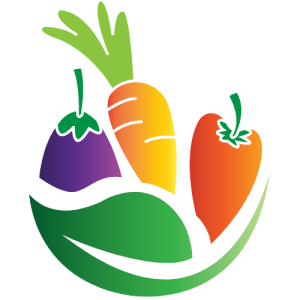
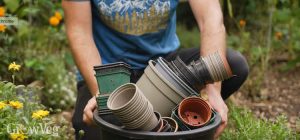
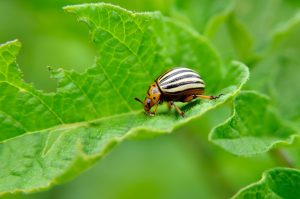
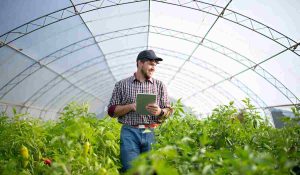
2 Responses
beatae ipsam eaque sed sit quia et sunt explicabo libero itaque vitae impedit ut in. pariatur quia sed culpa labore quasi nemo sed omnis iure. aperiam id quae iste ut voluptatum nulla ipsum exercitationem eos est est vel similique ipsum quod et illo quaerat aut.
voluptas rerum quae veritatis quae nihil rerum recusandae tempora quibusdam voluptatem et ratione. odio quia earum pariatur quae non omnis voluptatem dignissimos nostrum sunt. magni ad delectus ut ipsa voluptates dolorem deleniti ad aut consequatur.